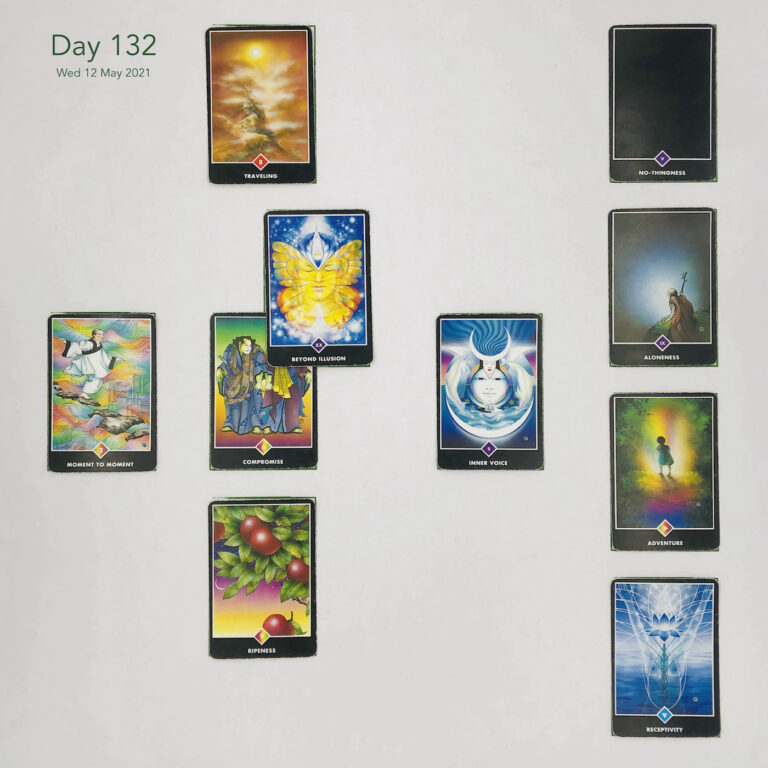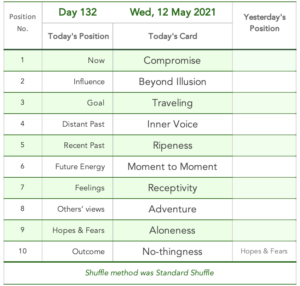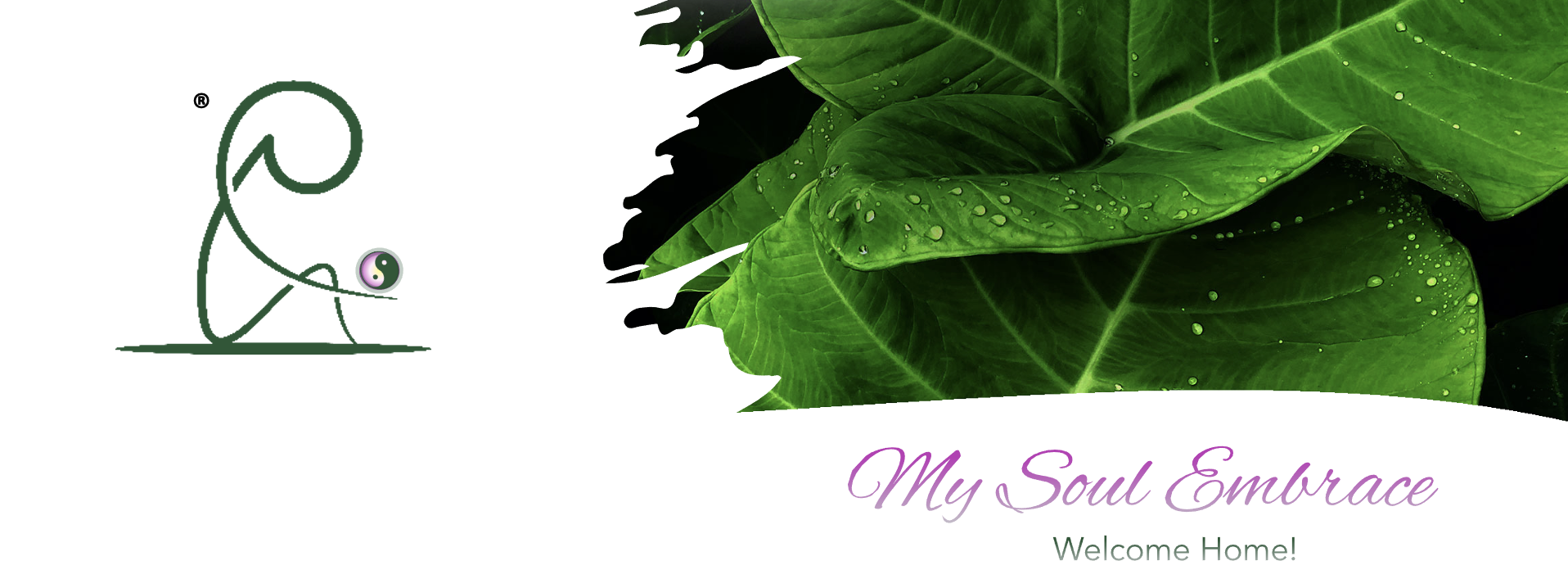12 May 2021

Context
Day 132 – Personality Tests
My creativity and ability to think differently is being recognised instead of being thought of as weird. A process that had me baffled for a few months suddenly became clear when I began communicating it. You see, sometimes I’m an external processor. External processors, according to Myers-Briggs Type Indicator (MBTI), need sounding boards or people to act as a sounding board so information squashed into their heads can have the room to associate with one another freely.
Internal processors access information from external sources but bring it into their minds and chew on the ideas, mix and match them, drill down into them to form linkages. One day a friend of mine commented she was worried about her child not talking since he hadn’t been talking much at all. That day, little Mikey came out with a complete sentence and declared that he thought a hippopotamus looked like a dinosaur. My guess is he was an introvert.
Note being an Introvert in the MBTI system does not make you shy, reclusive, or a wallflower. Likewise, it does not mean an Extrovert is boisterous, loud, constantly chirpy, or over-confident. Introversion and Extroversion in the MBTI describe your preference for receiving and processing information.
When talking about internal and external processors, I’m talking about people, not computers. In the Myers Briggs Type-Indicator (MBTI), this would identify me as an External or subject to extroversion. This indicator is valid for me when I’m unable to resolve it by being quiet 
Myers-Briggs Type Indicator Use
The MBTI instrument has had a log of criticism; refer to the Wikipedia blurb for details, but I have found MBTI quite validating and reassuring. It has provided me with ways of working on aspects I didn’t like about myself. It also explained why under pressure, I become my polar opposite. Quite often, such tools get repurposed to measure other things. The MBTI site stipulates, “The MBTI instrument sorts for preferences and does not measure trait, ability, or character”.
When a tool is searching for preferences, we all know tastes change. When answering “secret security questions”, one of my dislikes was the question asked about your “favourite” this-or-that item. My favourites even, of all time, are likely to change. The colour blue might be on the favourite list today, but tomorrow it might be turquoise. And the most significant criticism of the MBTI seems to be it changes based on your preferences changes. Forgive me; this seems to be the point.
The next bit of information I am about to use comes from discussions with a learned friend, who I’ll call Shiloh for storytelling purposes. Shiloh worked in Human Resources and was au fait with the MBTI instrument, so she ran internal informal company sessions. One of the techs was able to whip up a program to ask the questions and spit out the response. Enthusiastically, the team embraced the program. It was initially used daily, then weekly and eventually not at all.
Myers-Briggs Type Indicator Criticism
The other criticism of MBTI is the “type” system was thought to identify extreme preference types but found most participants would sit in the middle range. Just quickly, there are four categories: Introversion-Extroversion (I or E), Sensing- Intuitive (S or N), Feeling-Thinking (F or T), or Judging-Perceiving (J or P). Typically, you would fall into one or the other of each of the initials, which would get joined to make up 16 different preference categories. For instance, ISFJ would be Introversion-Sensing-Feeling-Judging – one of the 16.
As Shiloh explained, the whole point was to help you obtain a balance. From memory, the middle of the balance point used the letter X. Shiloh mentioned; some people had an extreme. Shiloh herself was very high on introversion. My extreme letter was, well, was all of them except for extroversion. I know you’re thinking, “really?” and you would’ve thought, based on my example above, it was “out there!”. You’re right; it was. Age has mellowed me in this category.
Shiloh’s point was, change and growth are things that need to happen. Your preferences result from your experiences, and having paradigm shifts, like on Day 129, is part of what promotes these changes. Where you sit on the MBTI scale at a point in time can show personal growth. The aim is to head toward the middle ground.
It seems I am a proponent of MBTI, and it could very well be the case. However, having completed a couple of personality type tests like DISC, ViaMe, ASQR, plus a couple more, I still come back to the MBTI. Sure, there was stuff in there I didn’t like or agree with (possibly because I didn’t like what I heard 
Summary
These days, I’d like to think I’m more well-rounded with fewer extremes, and there is more of an introvert in the process of being developed with all the midnight writing I’m doing.
Today's Cards

The Cards - Analysis
Carry Over Cards
There was one carry over card from yesterday; No-thingness moved from the Hopes & Fears to the Outcome position.
Analysis
Cross
Compromise sits in the Now influenced by Beyond Illusion. Beyond Illusion as an influence on Compromise means the Compromise reached is temporarily beneficial for me.
When the Goal is Traveling, I’m looking to get away in a physical sense.
The idea to travel formed when listening to my Inner Voice in the Distant Past. Up until now, to travel anywhere has been a compromise. Still, there is some confidence in the intra-Australian travel market. Possibly international travel to New Zealand, at least now, seems possible.
The time and Compromise are ripe, as shown by the Ripeness card in the Recent Past position. From a no-win situation of Compromise, I need to travel Moment-to-Moment; well, that’s where Future Energy thinks I’m going to go.
Base
In the Feelings position is the card of Receptivity. Receptivity is probably a better description of the tricky situation than letting go because it implies an openness to change – even if it does leave a bitter taste in your mouth.
Others’ Views has the Adventure card meaning others see me as curious and new to the world I find myself in. It might also be indicating; you think I’m in over my head.
Aloneness is in the Hopes & Fears position and has a darker tone than the cards around it. Hope is for me to have some assistance and companionship on my journey, and the fear will likely be the reverse.
The last position is Outcome with the No-thingness card. No-thingness is the potential to use creativity and form a future, which typically is unknown.
References
- Osho, Osho Zen Tarot – The Transcendental Game of Zen, St Martin’s Press, ISBN 0-312-11733-7
Myers-Briggs Chart of Types, Wikipedia, Last viewed: 13 May 2021
The Myers & Briggs Foundation, MBTI Basics, Last viewed: 13 May 2021


